-
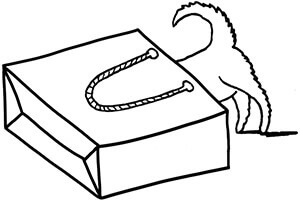
Your Shopping Bag is empty
The Charm of Vintage Lockets
Secretive, sentimental and sweet, lockets are a guaranteed hit with any girl. Here are some ideas for making yours uniquely personal.
Discover More

 Free Australia Shipping
Free Australia ShippingThis is a very pretty 15ct62.5% pure gold (or 625 parts pure gold and 375 parts other metals). Popular during the Victorian, Edwardian and Art Deco eras but was discontinued in the mid-1930s. More gold heart shaped pendant that was made circa 1860. It is a highly detailed piece of jewellery and has been set with a carved cabochonA polished, not faceted, dome shaped stone - either round or oval with a flat polished base, primarily used as a cut for phenomenal stones such as cat's eyes and stars.
More cut garnetDescribes a group of several closely related minerals. Garnets come in a variety of colours, however the most common colour is dark red. In descriptions, ‘garnet’ tends to refer to dark red stones unless otherwise specified. More. Around it is turquoiseTurquoise is an opaque gem and is often formed in what is called matrix, a black or brown veining derived from the host rock in which the gem forms. In fine jewellery, unblemished sky blue turquoise is the ideal, although regularly patterned matrix turquoise is also sought-after. More blue enamelA pigmented glass-like material used in powdered form and fused onto the metal surface of a piece of jewellery. More with engraved detail throughout and on the baleA component of certain types of jewellery, mostly necklaces, that is used to attach a pendant or stone to a chain. More. On the reverse is a glazed locket that would have originally held a lock of hair.
A charming survival from the mid 19th century.
The Details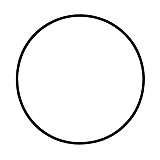 Cabochon Garnet
Cabochon Garnet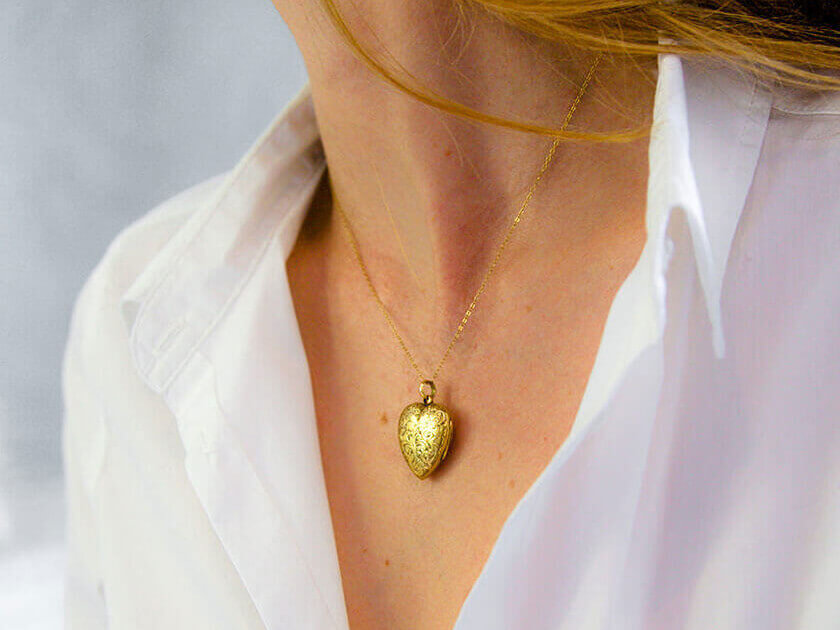
Secretive, sentimental and sweet, lockets are a guaranteed hit with any girl. Here are some ideas for making yours uniquely personal.
Discover More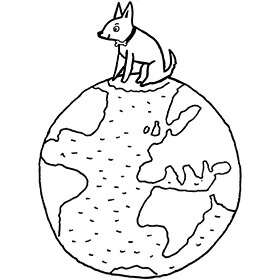
Buying antique jewellery is both ethical and eco-friendly as harmful and destructive mining processes are not needed to make an item yours.
Find Out More

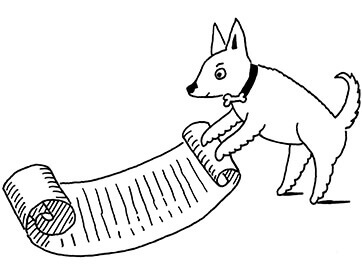
We always stand by our five core principles:
Quality, Rarity, Expertise, Peace of Mind and Personal Touch